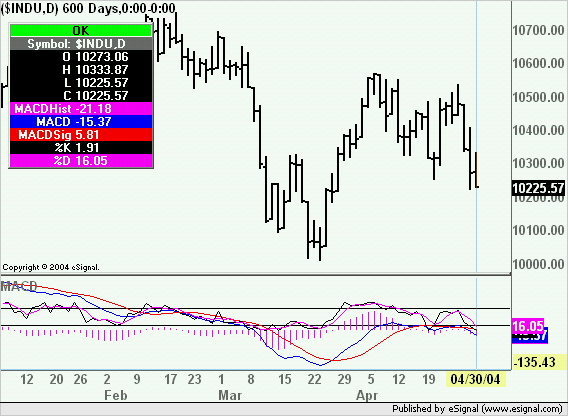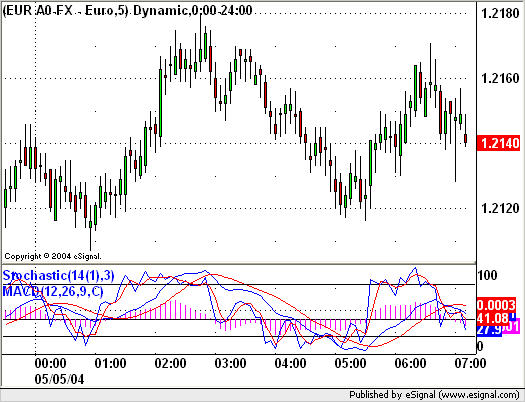I have an EFS study with both a MACD and Stochastic in it. I am trying to show both studies in a merged fashion.
I can do this MANUALLY by adding both studies to the chart, then merging them.
My problem is:
Only the last one shows.
This shows the MACD only:
This shows the Stochastic only:
hmmm.
There must be a trick to it?
Thanks,
Ted.
-function THEO( Get'nFancyWithThemTharIndicatorThingys )
I can do this MANUALLY by adding both studies to the chart, then merging them.
My problem is:
Only the last one shows.
This shows the MACD only:
PHP Code:
return new Array (
vMACD1.getValue(MACDStudy.HIST),
vMACD1.getValue(MACDStudy.MACD),
vMACD1.getValue(MACDStudy.SIGNAL)
//vSto1.getValue(StochStudy.FAST),
//vSto1.getValue(StochStudy.SLOW)
);
PHP Code:
return new Array (
vMACD1.getValue(MACDStudy.HIST),
vMACD1.getValue(MACDStudy.MACD),
vMACD1.getValue(MACDStudy.SIGNAL),
vSto1.getValue(StochStudy.FAST),
vSto1.getValue(StochStudy.SLOW)
);
There must be a trick to it?
Thanks,
Ted.
-function THEO( Get'nFancyWithThemTharIndicatorThingys )




Comment